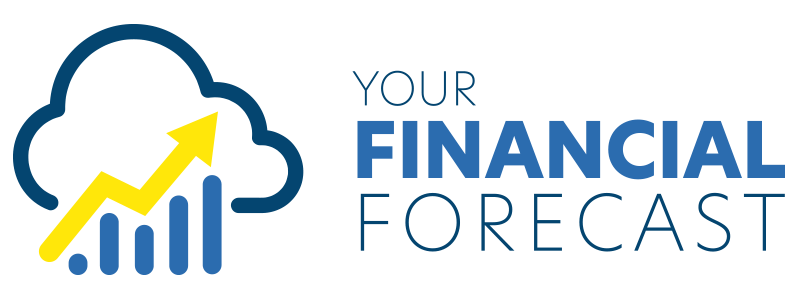Bond investment is a crucial part of maintaining a balanced portfolio. Because they can be complicated, you may be deterred from purchasing them. Bonds are great to have because they are typically safer than stocks – federal government issued bonds are considered the lowest risk. In order to get your piece of the pie, learn the basics of bonds by understanding how you can make money off of bonds and the types of bonds you can buy.
When you purchase a bond, you are lending the government or corporation a set amount of money for a set amount of time, known as ‘the term’. When the bond meets the set amount of time, known as the ‘maturity date’, you are to be paid back, in full, what you purchased the bond for. While you are holding on to the bond, the bond issuer pays you the agreed upon interest amount. If interest rates go down, this will generally hike up bond prices, you may choose to sell your bond before the maturity date. Make sure the price is higher than what you purchased it for to ensure a profit.
Now that you understand how bonds can make you money, it’s important to learn the different types of bonds you can buy.
U.S. Treasury Bonds
In “Teach Yourself Investing” by Ken Little, he discusses how safe U.S. Treasury bonds can be because they are backed by the government. But because of this, the interest rates are typically lower than corporate bonds. There are three different types of bonds, categorized by the length of their maturity dates. These bonds help finance government initiatives, which include both day-to-day and long term needs.
U.S. Government Agency Bonds
These bonds have higher interest rates than U.S. Treasury bonds but have a little more risk. They are typically used for public purposes such as mortgages provided under government programs and the Small Business Administration. These bonds also help finance loans to students, farmers, and other agencies.
Municipal Bonds
Also known as Munis, these bonds are issued by the city, county, state, or other local administration. The money is used for day to day obligations. They also help to pay for capital projects, such as building schools, highways, or sewer systems, as listed on investor.gov. These bonds are not as safe as U.S. Treasury bonds.
Corporate Bonds
Corporate bonds are the riskiest bonds since they are not backed by the government. These bonds finance business related expenses, from company expansions to financing acquisitions, according to Little. When searching for a corporate bond, be sure to reference their rating given by bond rating companies.
When balancing your portfolio, bonds are absolutely beneficial to have. Because of their low-risk nature, they provide your portfolio with a balance against the risks of your stocks and other investments. Be sure to check the rating given by bond rating companies before purchasing. AAA is considered low risk and C is high risk. You can reference ratings at www.ambest.com, www.moodys.com, and www.standardandpoors.com.

